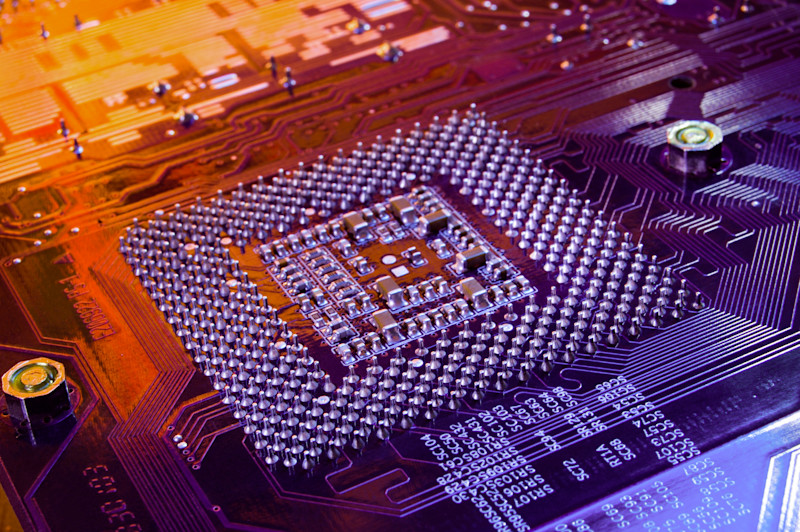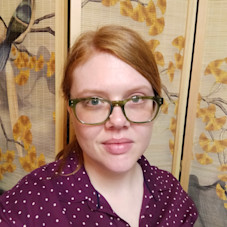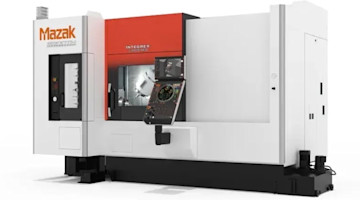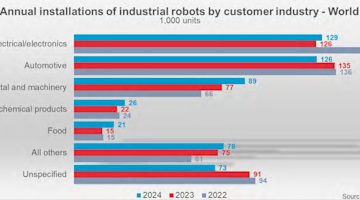“Just because something doesn’t do what you planned it to do doesn’t mean it’s useless.”
– Thomas Edison
This is a published version of the ��ɫ��Ƶ Tech Report newsletter. You can sign up to get the Tech Report in your inbox here.
1.
Researchers at the Swiss Federal Laboratories for Materials Science and ��ɫ��Ƶ have unveiled a slick trick in thin-film electronics production: an “electron shower” delivered using a tweaked version of HiPIMS (high-power impulse magnetron sputtering). This technique, which can even magnetize glass, deposits high-quality thin piezoelectric films at lower temperatures than today’s standard process. The result? An easier way to create microelectronics for everything from sensors to quantum technology.
2.
3MF (3D Manufacturing Format) is now an ISO global standard, thanks to the 3MF Consortium. Launched in 2015 as an open-source, vendor-neutral alternative to STL files, 3MF bundles geometry, materials, colors, textures, and support structures into one file. This format will be especially powerful in regulated sectors like aerospace, defense, and medical, perhaps resolving data compatibility problems in most sectors. Now if someone could just resolve the issues between metric and imperial measurements…
3.
The U.S. Space Force is unleashing the equivalent of space MapQuest on the next flight of its X-37B spaceplane this month, with new quantum-based navigation. The flight’s quantum sensor is designed to support precision navigation through its detection of atom rotation and acceleration, something critical in space or GPS-less environments. Meanwhile, they’ll also be demonstrating a laser link communication system for space-based communications using existing low Earth orbit satellites.
4.
3D ultrasonic scanning may soon be available for the batteries in your electric vehicle. Researchers are already using one- and two-dimensional ultrasound imaging to non-invasively spot internal defects in lithium‑ion cells before they overheat. Drexel University’s Battery Dynamics Lab has created a simple benchtop tool that finds subtle anomalies that X‑rays and visual inspections often miss. Ultrasound for batteries has been around for a while, but battery engineers haven’t had an easy tool to use until now.
5.
In a truly flashy breakthrough, a group of U.S. researchers has successfully turned peacock feathers into tiny biological laser resonators. By applying a fluorescent dye and pulsing the feathers with a green laser, the team found that the feathers' natural biological microstructure could reflect laser light. This points toward a new way of determining how complicated biological materials are structured, with applications in materials science, bio-photonics, and possibly even bio-compatible lasers.
To get the latest tech developments delivered directly to your inbox, subscribe to the weekly Tech Report here.
To hear the latest in additive manufacturing, material removal, automation, and digital manufacturing, subscribe to the ��ɫ��Ƶ Tech Trends podcast here.






